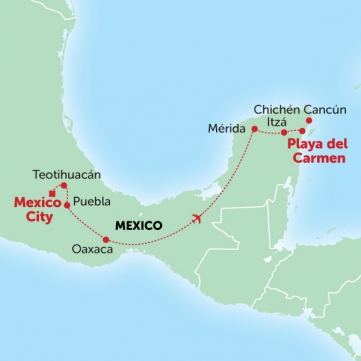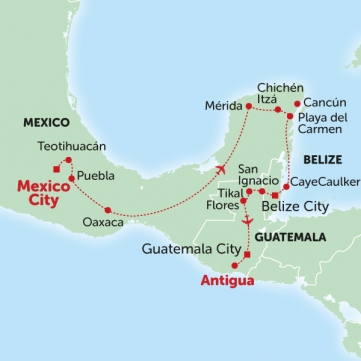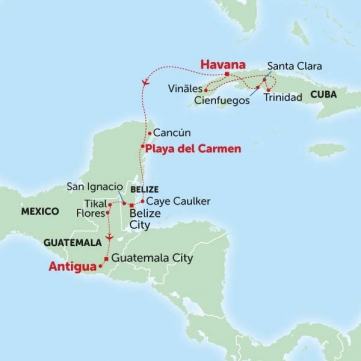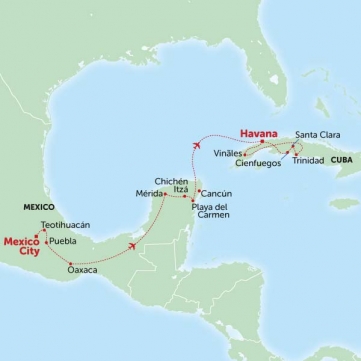Book NOW for $1 £1 €1 • Flexible Payments • No Change Fees • Private Departures Available
- Home >>
- Mexico Travel Advice
Mexico Travel Advice
Getting to Mexico
Located in the northern part of Central America, Mexico borders the United States, the Pacific Ocean, Guatemala, Belize, the Caribbean Sea and the Gulf of Mexico. Covering nearly an astonishing 2 million square kilometres, Mexico is the 14th largest nation in the world.
- London to Mexico City is about a 12-hour flight
- Los Angeles to Mexico City takes around 4 hours
- Cape Town to Mexico City takes one day and 2 hours
- Sydney to Mexico City is about a 19.5-hour flight
- New York to Mexico City takes around 5.5 hours
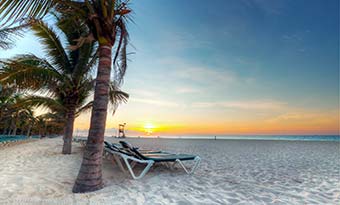
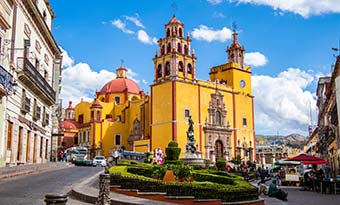
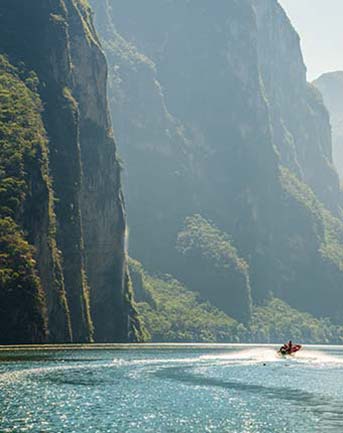
Main airport
in Mexico
Mexico has over 1700 airports, many of which only serve short domestic flights. The busiest airport in Mexico is Mexico City International Airport (MEX) officially known as Aeropuerto Internacional Benito Juárez. It's located in Venustiano Carranza, a district in Mexico City.
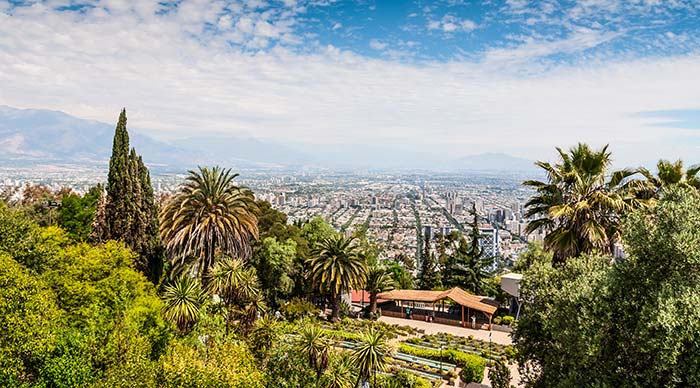
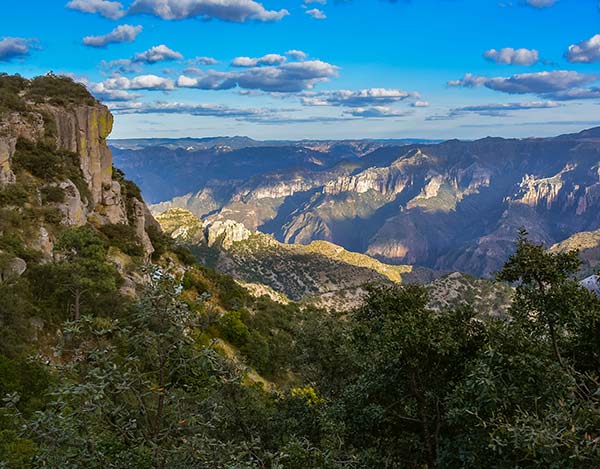
Geography & landscape
of Mexico
It appears as if Mexico owns a little slice of each corner of the world. With 5,800 miles of glistening coastline, it's not hard to see why Mexico is one of the world's top beach holiday destinations. But it's not all about sun, sand and surf. The landscape of Mexico is a fascinating jumble of arid deserts, steamy jungles, highlands with magnificent mountain views and vibrant cities like no other. You will never run out of adventures in Mexico!
Culture, religion
and etiquette
While exploring Mexico you'll probably notice the considerable quantity of Cathedrals and Churches. Religion is an essential part of everyday Mexican life. Catholic Christianity is the dominant religion, with around 83% of the population identifying as Roman Catholic. Roughly 7% of the population identify as Pentecostal, Evangelical and Mainline Protestant Christians, nearly 5% are either Atheist or Agnostic, and just over 1% of the population are Jehovah's Witness Christians. Mexican traditions are incredibly diverse but they are notoriously proud of their heritage. Family is one of the cornerstones of Mexican culture - their families tend to be very large. It's common to see families extending from the immediate circle to include cousins, uncles and aunts. Excellent hospitality is another principal value in Mexican culture - being the host is seen as a great honour and an opportunity to show off your skills!
In the cities, Mexicans typically dress in a very modern style, however, the further off the beaten track you travel, the more traditional the clothing will get. Women traditionally wore a huipil which is like a sleeveless tunic/dress. The men in Mexico traditionally wore a sarape, which is similar to a blanket, and worn as a cape. Mexicans generally shake hands when greeting one another. If a man and a woman meet, it is custom to exchange a kiss on the cheek. They value the art of conversation and are fond of polite and informal chit-chat. This can go on for quite some time, so never be in a rush when you are engaging in conversation. Bluntness in Mexico is seen as very rude, so serious matters are always approached delicately.
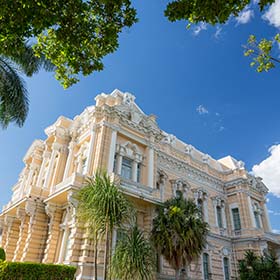
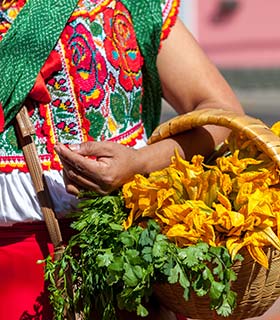
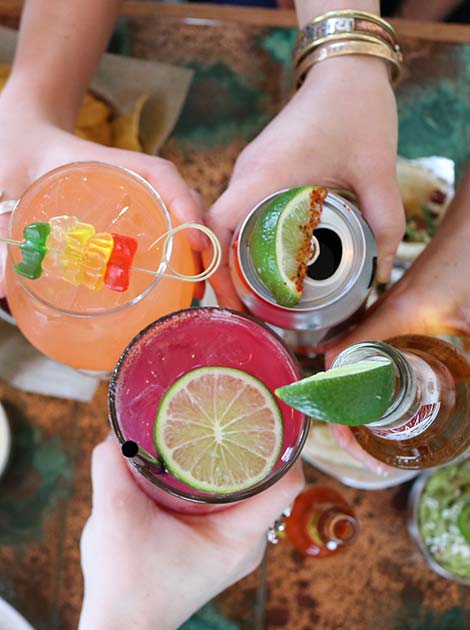
Top tip!
The pipe systems in Mexico aren't built to handle toilet paper, so make sure you don't flush it. There will be a bin provided.
Languages spoken in Mexico
Spanish is the predominant language in Mexico, with around 92% of the population speaking the language. The government does, however, recognise 68 additional Mexican indigenous languages. Mexico is a popular destination for foreigners to settle so you'll find many Europeans, Americans, Latin Americans and Asians also living in the cities. You will often hear German, English, Greek, Italian, Arabic, French, Portuguese, Chinese and Japanese spoken. If you stay within the major cities, most people will know enough English to get by. (But we always advise learning a few small bits of Spanish.) If you join a group tour to Mexico, you won't need to worry about the language too much. All of our tours are accompanied by a Tucan Travel tour leader who can speak fluent Spanish.
Capital city of Mexico
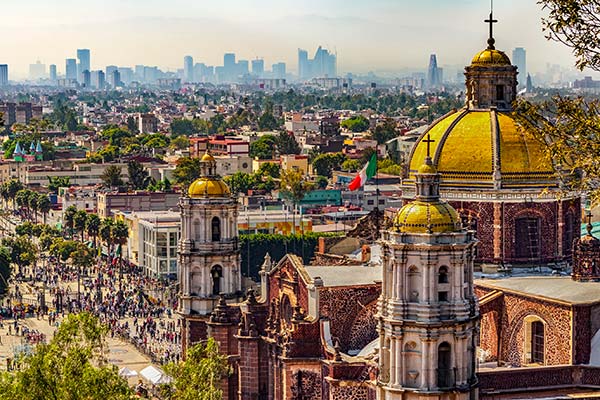
Mexico City
The capital city of Mexico is Mexico City with the international airport lying within the city's limits. It is a densely populated area housing nearly 9 million citizens. Standing at such a high altitude, the capital is often much cooler than the rest of the country. The town itself houses some of Mexico's most spectacular pieces of architecture including the Templo Mayor and the Catedral Metropolitana. Mexico City is the perfect landing spot to taste the vibrant Mexican culture, sample the delicious food, marvel at the captivating surroundings and shop until your heart's content.
Visas for Mexico
Everyone visiting Mexico need to obtain a tourist permit on arrival. The maximum length of a permit is 180 days and costs around M$500. If you are entering by land and your stay is under 7 days, the fee will be waived. If you are flying, it will be included in your airfare. Make sure you keep your permit safe as you will need to hand it in when you leave the country.
Some nationalities will also need to obtain a visa. Any US citizens travelling by land or sea can enter using just a passport card. However, all nationalities, including US citizens who are arriving by air will need a passport to enter. Nationalities which do not need a visa for Mexico are Citizens of the US, Canada, Argentina, Australia, Brazil, Israel, Japan, New Zealand, Norway, Switzerland and any country in the EU. You also do not need a visa if you hold a US, Canadia or Schengen visa already. Nationalities who do require a visa are Chinese, Indians, Russians and South Africans.
Vaccinations & travel health
The CDC and the WHO advise for the following routine vaccinations to be up to date when visiting Mexico: Measles, Mumps & Rubella (MMR), Tetanus, Diphtheria & Pertussis (TDAP), Chickenpox, Shingles, Pneumonia, Influenza, Meningitis and Polio.
They also recommend the following vaccinations for travel to Mexico: Hepatitis A, Hepatitis B, Typhoid, Cholera and Rabies.
Is it safe to drink tap water in Mexico?
Typically, it is not safe to drink the tap water in Mexico. Always stick to bottled water and make sure that the seal is intact. The water in Mexico tends to be purified at the source, but it's then contaminated while on route to the tap. Mexicans often express disgust at drinking tap water and would never be seen doing so.
Electricity and plugs in Mexico
The plugs and sockets in Mexico are type A and B. A type A plug has two flat prongs, and a type B plug has two flat prongs and 1 flat grounding prong. The standard voltage is 127V, and the frequency is 60 Hz.
Emergency calls
It is always a good idea to have a few essential numbers saved on your phone in case of emergencies. The most important one in Mexico is 911. This is the number for the emergency services (fire, ambulance, police and rescue services).
Travelling as a single woman in Mexico
Many people imagine Mexico to be just like the Hollywood portrait - drug cartels, shootings, murders, and of course, there is some truth in this. There are dangerous parts of any country (or city for that matter), but on the whole, Mexico is an excellent place for a solo female traveller. Yes, there are drug cartels and caravans of migrants, but unless you are explicitly involved in those dealings, you probably wouldn't even know about it. The transport is easy to navigate, English is widely spoken in the tourist areas, and the locals are generally very kind and helpful towards visitors. One of the benefits of joining a group tour is that you will be travelling with a group of others so there is always someone looking out for you. Safety in numbers!
Wifi and internet access in Mexico
Mexico is relatively well connected and you'll find free wifi in most accommodation throughout the country. In the towns and cities, you'll usually find that restaurants, cafes, bars, airports and plazas also have wifi. The more rural you go, however, the less reliable getting a connection will be.
Time zone in Mexico
Mexico City, Mexico
Mexico (DST) is 6 hours behind London (GMT), 2 hours ahead of Los Angeles (PDT) and 1 hour behind New York. Mexico runs on Central Daylight Time and switches to Daylight Savings Time. To calculate the time difference from your current location, visit timeanddate.com.
Getting around Mexico
Bus
Buses (known as camiones) are the most popular way to travel around Mexico. Only costing a few pesos per trip, it's a cheap and easy way to get between cities. Mexico's bus network is extensive and serves most of the country. A trip from Mexico City to Cancun will take around 15 hours and cost about M$480. There are multiple companies to choose from, but some of the most popular are Primera Plus, Estrella de Oro, Omnibuses de Mexico, ETN.
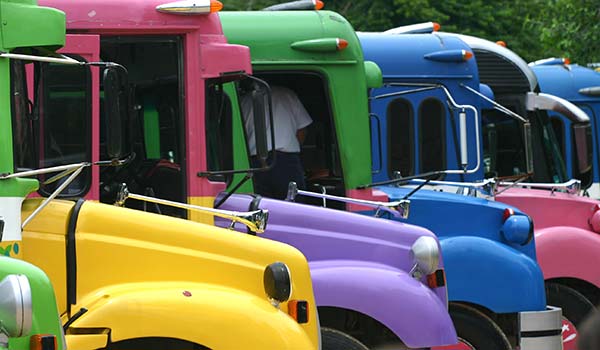
Taxi
Taxis and Ubers predominantly work around the cities in Mexico. A journey begins at a minimum price of M$16, then M$22 per kilometre will be added. Some taxis run on the meter and some you will need to agree a price with first.
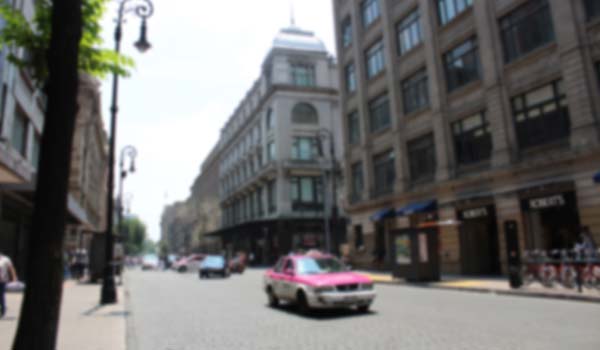
Aeroplane
For long-distance journeys, flying is an excellent option. A bus from Mexico City to Cancun takes around 15 hours, but a flight will only take about 2.5 hours. It can often be cheaper as well. Aeromexico is the biggest airline in Mexico.
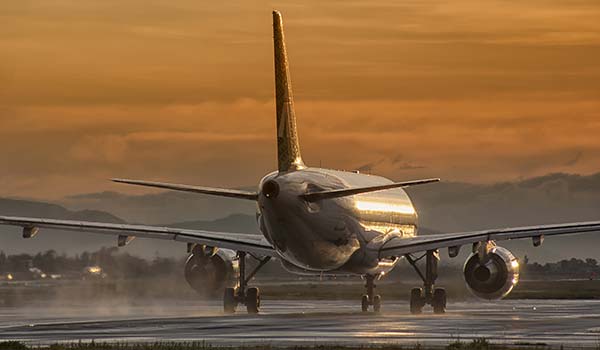
Subway
In Mexico City and Guadalajara, you also have the option of taking the subway. You will need to purchase a smart card for around M$10 and then top it up to travel. One journey on the subway will cost around M$5.
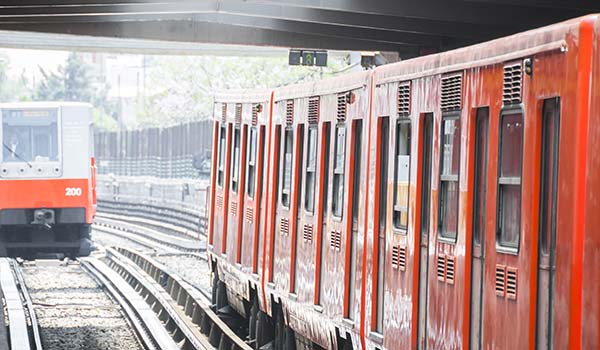
History of Mexico
The earliest evidence of human remains in Mexico dates from 20,000 BC with the first civilisation appearing around 1500 BC. The first urban society in the Western hemisphere was around 300 AD in the Valley of Mexico Teotihuacan. Aztecs founded the Teotihuacan capital in 750 AD, around 600 years after it was abandoned. The Sun and Moon pyramids remain today. A great civilisation, the Nahuatl once inhabited the pyramids and the city itself. The Mayan civilisation began to decline in 800 AD.
The Toltecs arrived in the Valley of Mexico and constructed cultures based on their ancestors. They were then followed by the Aztecs who built the great city of Tenochtitlan in 1345. Legend states that the Aztecs followed a prophecy to find the promised land where they could create their city, and built one of the largest cities on earth.
In 1519 the Spanish invaded. The invasion was made particularly easy due to the Aztec emperor Moctezuma showering them with gifts, accepting them in. The Spanish created alliances within the Aztek empire and built a huge army of Indians to massacre the towns. The Spanish began rebuilding the capital, which they then called New Spain. They demolished the Tenochtitlan's ceremonial centre and built a church over the remains to introduce Catholicism to the people. The Catholic Church quickly became the dominant religion of Mexico. Only Spaniards from Spain were able to hold a position in high office. Any mixed-race or Mexican born people held an inferior status, and the indigenous tribes became slaves. Most indigenous people died of diseases brought over by the Spanish as they were not immune to them.
Nearly three centuries after the Spanish conquered, the Mexicans began to rise and retaliate. In 1821 Mexico finally gained its independence. After it's independence, Mexico fell under a series of invasions. In 1845 the US invaded Mexico City, in 1838, France invaded Veracruz, and in 1861 Napoleon took Mexico City.
Benito Juarez became the only indigenous person to become the president of Mexico. His goal was to reduce the power of the Catholic church and confiscated all Catholic property and forbid priests to wear their robes in public.
From 1876 - 1911, Porfirio Diaz became a dictator where he modernised the country using foreign investors. In 1910, Francisco Madero fought against Diaz in the elections but was imprisoned. He escaped and began a revolutionary army to attack Diaz. In 1917, a new constitution was added to comply with the revolutionary demands - most of which remain as the bulk of the Mexican constitution today.
In 1928 the Institutional Revolutionary Party began and elected Lazaro Cardenas as president in 1934. He distributed the land of Mexico and nationalised the Mexican Oil Industry. Unfortunately, his plans failed after amounting a huge pile of debt.
Featured Tours





